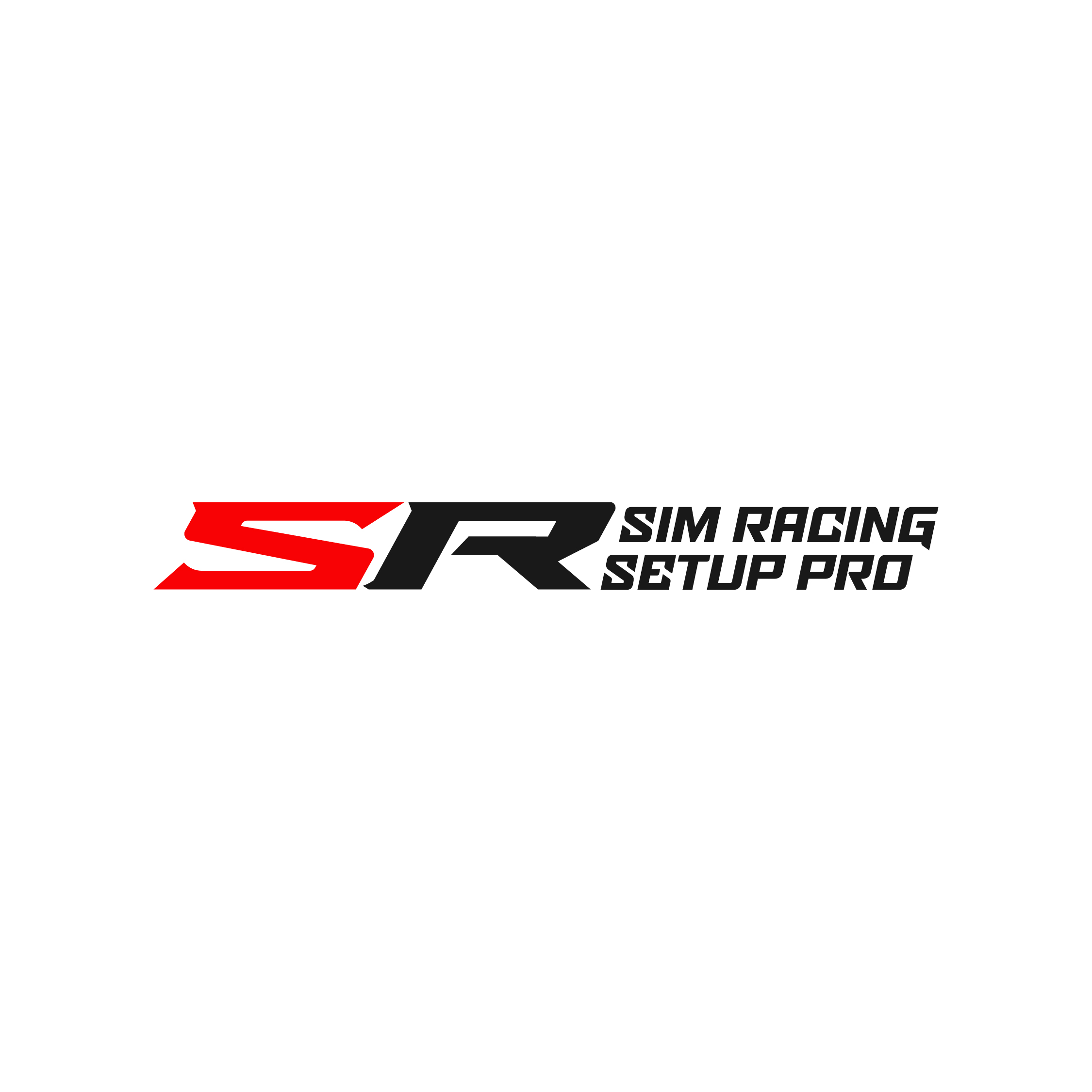The Best Field of View VR Headsets (2025)
What If Your Headset Could Feel You Thinking? These 7 Almost Do.
Wide FOV + Next-Level Perspective = The Future of Immersive Presence
What if your headset didn’t just show you the world—what if it anticipated how you feel, mirrored how you think, and responded to how you move through space?
Field of View (FOV) in VR has quietly evolved from a technical footnote to the beating heart of immersion. It’s no longer just about how wide you can see—but how deeply you can experience.
And nowhere is this more relevant than in sim racing—where vision, immersion, and split-second reactions define performance. If you’re wondering how field of view affects sim racing, or even whether VR is better than triple monitors, this guide gives you both the tech and the insight to choose smart.
Let’s step into the headsets that don’t just expand your view—but stretch your mind.
1. Pimax 8K X – The Ultra-Wide Portal to Presence
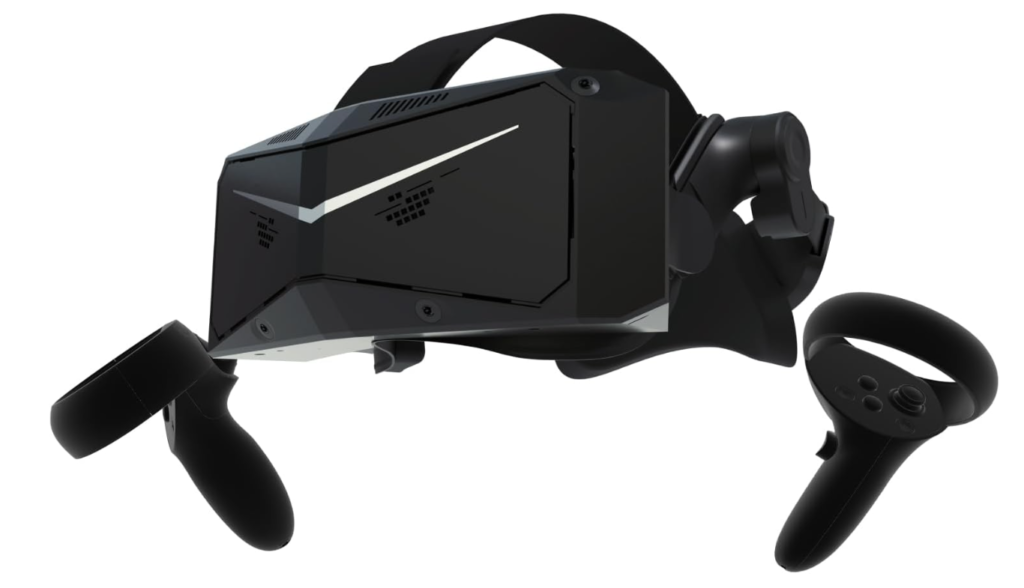
Why It Matters:
If FOV were a superpower, the Pimax 8K X is Professor X meets Tony Hawk. With a 200° wraparound view mimicking human peripheral vision, this headset doesn’t just show you more—it transports you.
Next-Level Perspective:
This headset is a weapon in the hands of sim racers, flight simmers, and cognitive trainers. Think: peripheral blur that adapts based on urgency—like tunnel vision when the race gets real.
Pro Tip: The Pimax thrives in cockpit sims with side monitors disabled—use it solo for maximum immersion and realism.
Pros:
✅ Industry-leading 200° FOV
✅ Dual 4K resolution
✅ Massive field of presence
Cons:
❌ Requires a high-end GPU
❌ Bulky fit for some users
❌ More complex setup
Check Pimax 8K X Now!
Want to match it with elite gear? Learn what a direct drive wheel is for peak feedback performance.
2. HP Reverb G2 – The Precision Lens for Creators
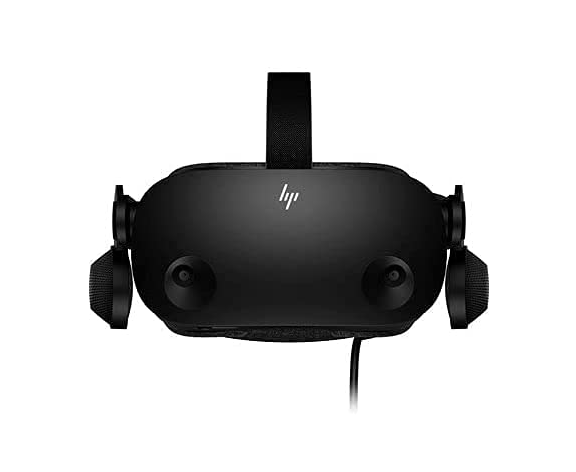
Why It Matters:
Sometimes, clarity beats width. The Reverb G2 delivers jaw-dropping resolution, making it ideal for cockpit detail, design environments, or those razor-sharp track views in sim racing.
Next-Level Perspective:
For precision-focused tasks and high-res VR work, nothing else in this price range competes. It’s like watching IMAX… while inside the screen.
Pro Tip: Disable motion smoothing in SteamVR settings to eliminate ghosting artifacts—this unleashes the G2’s full visual clarity.
Pros:
✅ Highest pixel density in its class
✅ Comfortable build for long sessions
✅ Plug-and-play with Windows Mixed Reality
Cons:
❌ Narrower FOV than others
❌ Tracking isn’t as robust in fast motion
❌ Small sweet spot
Get the HP Reverb G2 Now
Works beautifully with sim racing cockpit builds for creators and engineers.
3. Valve Index – The Flow State Facilitator
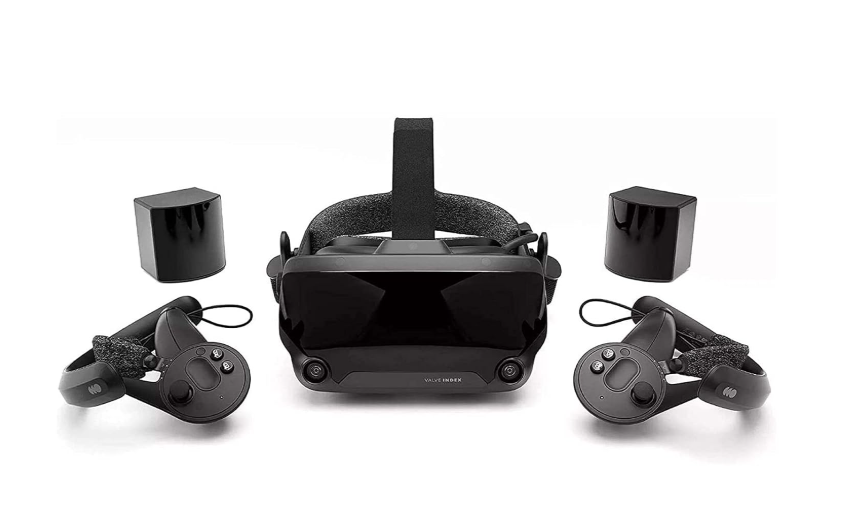
Why It Matters:
The Valve Index hits the sweet spot between high refresh rate, solid FOV, and next-gen input. It feels like your brain just gets it.
Next-Level Perspective:
Great for rhythm games, high-speed racers, and meditative experiences. It’s the headset that doesn’t distract—it disappears.
Pro Tip: Use the custom FOV slider in SteamVR developer settings to fine-tune cockpit depth perception in racing sims.
Pros:
✅ 120Hz+ refresh rate
✅ Precise motion tracking
✅ Intuitive finger-tracked controllers
Cons:
❌ Base stations required
❌ Mid-to-high price point
❌ Wired setup
Shop the Valve Index on Amazon
Perfect if you’re practicing to improve lap times.
4. Meta Quest 2 – The Accessible Gateway Drug
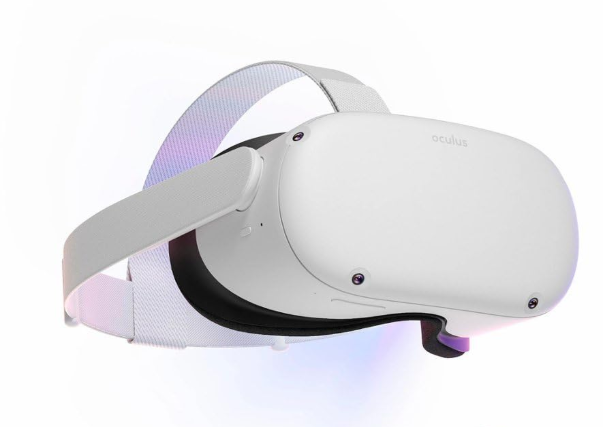
Why It Matters:
Affordable, wireless, easy to set up. For new sim racers or casual gamers, the Meta Quest 2 is the ideal start point.
Next-Level Perspective:
The Quest 2’s ecosystem keeps expanding, making it perfect for users who want variety—and value.
Pro Tip: Use a high-speed USB-C cable or Air Link for PC tethering—this unlocks full sim compatibility and higher fidelity.
Pros:
✅ Budget-friendly
✅ Standalone or PC VR
✅ Massive app library
Cons:
❌ Limited FOV
❌ Lower resolution compared to PCVR
❌ Short battery life
Grab the Quest 2 Today
Ideal for getting into sim racing on a budget.
5. HTC Vive Pro 2 – Enterprise Power, Gamer Soul
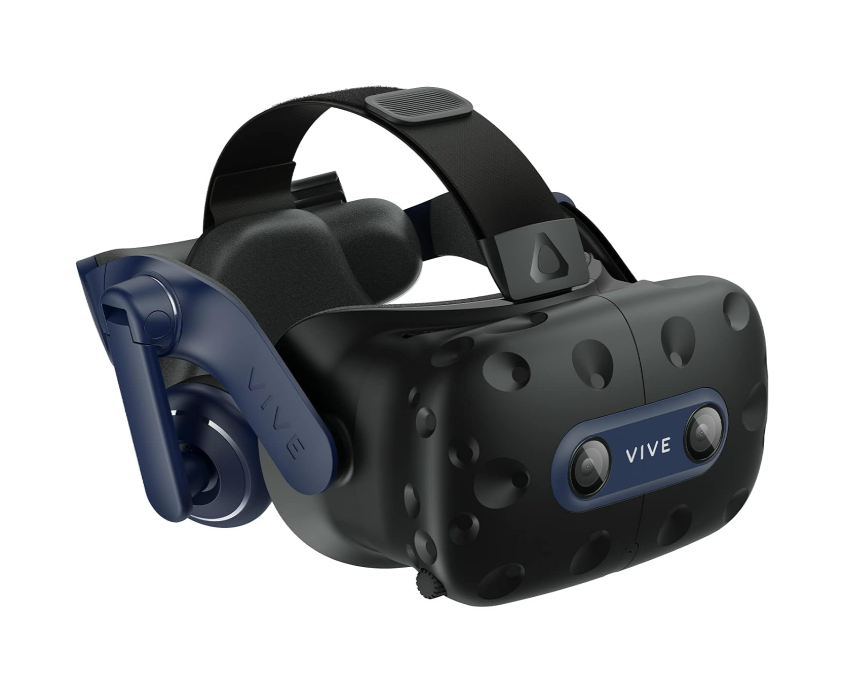
Why It Matters:
Crystal-clear 5K visuals and robust FOV? Yes, please. This headset delivers precision and performance for serious sim racers and professionals alike.
Next-Level Perspective:
With wide visual range and strong modular support, it’s great for racing, training, or multi-user simulation environments.
Pro Tip: Mount base stations at head height, angled diagonally—this enhances FOV tracking during aggressive sim movements.
Pros:
✅ High-resolution 5K displays
✅ Wide FOV
✅ Great ergonomic design
Cons:
❌ Expensive
❌ Requires external tracking
❌ Controller experience not as refined as competitors
Get the Vive Pro 2 Here
An excellent match for top-tier cockpit setups.
6. StarVR One – Full-Spectrum Peripheral Immersion
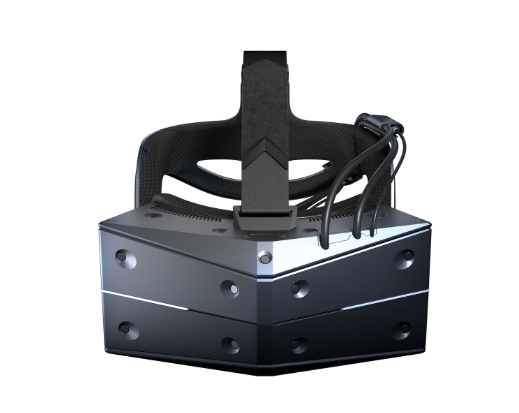
Why It Matters:
This headset was built for full psychological immersion. With a 210° FOV, it’s the closest we’ve come to tricking your brain into forgetting you’re in VR.
Next-Level Perspective:
Used in therapy, aviation, and enterprise storytelling—this is immersive VR with serious emotional weight.
Pro Tip: Use this in a dedicated space with consistent ambient lighting—ultra-wide FOV systems are sensitive to lighting discrepancies.
Pros:
✅ Widest commercial FOV
✅ Top-tier eye tracking
✅ Designed for professionals
Cons:
❌ Limited consumer availability
❌ Requires custom setups
❌ Expensive
Explore StarVR Options
Want to explore if VR is worth it for sim racing? This headset pushes the limits of what’s possible.
7. XTAL 8K – The Tactical Mind Interface
Why It Matters:
Dual 4K displays. Insane clarity. Tactical-grade FOV. XTAL is the headset you wear when you’re running simulations—not games.
Next-Level Perspective:
Used by defense agencies and aerospace teams, this headset helps you “walk through” data—ideal for mission control–level sim immersion.
Pro Tip: Use dynamic overlays for race telemetry to transform this headset into a real-time strategy cockpit.
Pros:
✅ Dual 4K displays
✅ Ultra-realistic cockpit feel
✅ Built for professional simulation
Cons:
❌ Very expensive
❌ Niche use cases
❌ Not plug-and-play
Check XTAL 8K Pricing
Pairs well with pro-level sim racing wheels.
VR Racing Tech Stack: The Ultimate Setup Combos
Want to take your headset from cool toy to mind-bending simulator?
Pair it with the right racing gear. These builds are designed for different user types—from casual hobbyists to professional-grade sim racers.
Each combo below includes the ideal headset, wheelbase, rig, and pedals, plus add-ons that bring it to life.
Pimax 8K X + Advanced Rig + Direct Drive Combo
For: Immersion addicts, serious sim racers, and flight sim crossover users.
- Headset: Pimax 8K X
- Wheelbase: Simucube 2 Pro or Fanatec Podium DD2 (Direct Drive)
- Rig: SimLab P1-X or Trak Racer TR160
- Pedals: Heusinkveld Sprint or VRS DirectForce Pro
- Shifter/Extras: Fanatec Clubsport SQ, Wind Simulator
Why it works: The 200° FOV + ultra-precise direct drive feedback makes you forget you’re in your room. Ideal for endurance races and flight sim overlap.
Pro Tip: Use cockpit motion dampening feet or platforms to reduce floor rumble from direct drive torque.
2. HP Reverb G2 + Precision Rig + Mid-Tier Belt Drive
For: Engineers, cockpit purists, and high-res detail lovers.
- Headset: HP Reverb G2
- Wheelbase: Fanatec CSL DD (8Nm with Boost Kit)
- Rig: GT Omega Prime or Next Level Racing GTTrack
- Pedals: Fanatec V3 or Simagic P2000
- Optional: Button box for pit commands, triple shifters
Why it works: High clarity enhances cockpit detail and track readability. Perfect for data-driven racers who value realism over raw immersion.
Pro Tip: Pair with a load cell pedal setup to better utilize fine braking details visible in high-res VR.
3. Valve Index + Balanced Rig + High-Fidelity Belt Drive
For: Rhythm racers, versatile gamers, and VR flow state seekers.
- Headset: Valve Index
- Wheelbase: Moza R9 or Fanatec CSL DD
- Rig: Trak Racer RS6 or SimXperience Stage 4
- Pedals: Simagic P1000 or Thrustmaster T-LCM
- Extras: Haptic seat pads, tactile transducers
Why it works: The Index’s high refresh rate pairs well with quick input feedback, especially in rally or GT cars. Great for VR eSports and training laps.
Pro Tip: Use a USB-powered fan to simulate cockpit airflow—it helps reduce VR fatigue and increases immersion.
4. Meta Quest 2 + Budget Rig + Entry Force Feedback
For: Newcomers, casual racers, and budget-conscious hobbyists.
- Headset: Meta Quest 2 (with Link Cable or Air Link)
- Wheelbase: Logitech G923 or Thrustmaster T300RS
- Rig: Playseat Challenge or OpenWheeler Gen3
- Pedals: Stock pedals or upgrade to Thrustmaster T-LCM
- Optional: DIY wind rig, budget tactile transducer
Why it works: Easy entry point with wireless VR and decent force feedback. Great for first-timers or small-space setups.
Pro Tip: Keep sessions under 45 minutes when starting out—motion comfort takes time to build.
5. XTAL 8K or StarVR One + Enterprise Rig + Custom Integration
For: Defense-grade trainers, aerospace simmers, and research labs.
- Headset: XTAL 8K or StarVR One
- Wheelbase: Simucube 2 Ultimate
- Rig: Custom motion platform or D-Box actuator system
- Pedals: Hydraulic or sim-haptic load cell
- Accessories: Full wraparound displays, cockpit enclosures, telemetry overlays
Why it works: Designed for maximum immersion, strategy overlays, and professional-grade simulation. These setups push the edge of perception.
Pro Tip: Use dual-PC setups to handle real-time data capture + VR rendering for best performance.
What’s your #1 priority?
Maximum Visual Immersion
Choose Pimax 8K X or StarVR One
Sharpest Image Clarity
Choose HP Reverb G2
Best Overall Balance
Choose Valve Index
Entry-Level + Budget Friendly
Choose Meta Quest 2
Enterprise Simulation / Tactical Training
Choose XTAL 8K
Wide FOV headsets often come with a premium price tag. Determine your budget and consider whether the benefits of a wider FOV justify the extra cost for your use case.
Frequently Asked Questions
Q: Is VR better than triple monitors for sim racing?
A: It depends. VR provides deeper immersion and better spatial awareness. Triple monitors offer better peripheral clarity and visibility of real-world gear. For details, check out our VR vs triple monitor comparison.
Q: Do I need a powerful PC for VR sim racing?
A: Yes—for headsets like Pimax, XTAL, and Vive Pro 2, you’ll want a GPU like an RTX 3080 or higher, plus 32GB RAM and a solid CPU. For the Meta Quest 2 (tethered), a mid-tier GPU like the 3060 Ti can still perform well.
Q: Is VR worth it for beginners?
A: Absolutely. Start with the Meta Quest 2 + Link Cable, and upgrade your rig over time. We walk you through everything in our Beginner’s Guide to Sim Racing.
Q: Can VR help me become a better real-world driver?
A: Yes! VR helps with spatial awareness, visual scanning, and racing lines. It’s especially powerful when paired with a proper force feedback wheel. Read more in our breakdown of how sim racing improves real driving skills.
Final Thoughts: Your Field of View Is Your Competitive Edge
Whether you’re a weekend racer or a professional simulator athlete, the right VR headset can give you more awareness, faster reaction time, and a deeper connection to the race.
Choose based on what matters most: clarity, immersion, comfort, or training potential. Then pair it with the right gear to complete your ultimate VR racing rig.
Ready to Build the Ultimate Setup?
Shop the Best VR Headsets on Amazon
Learn more in our Complete Sim Racing Setup Guide
Explore how to build your racing sim rig step-by-step
Compare which sim racing gear is best for your level
